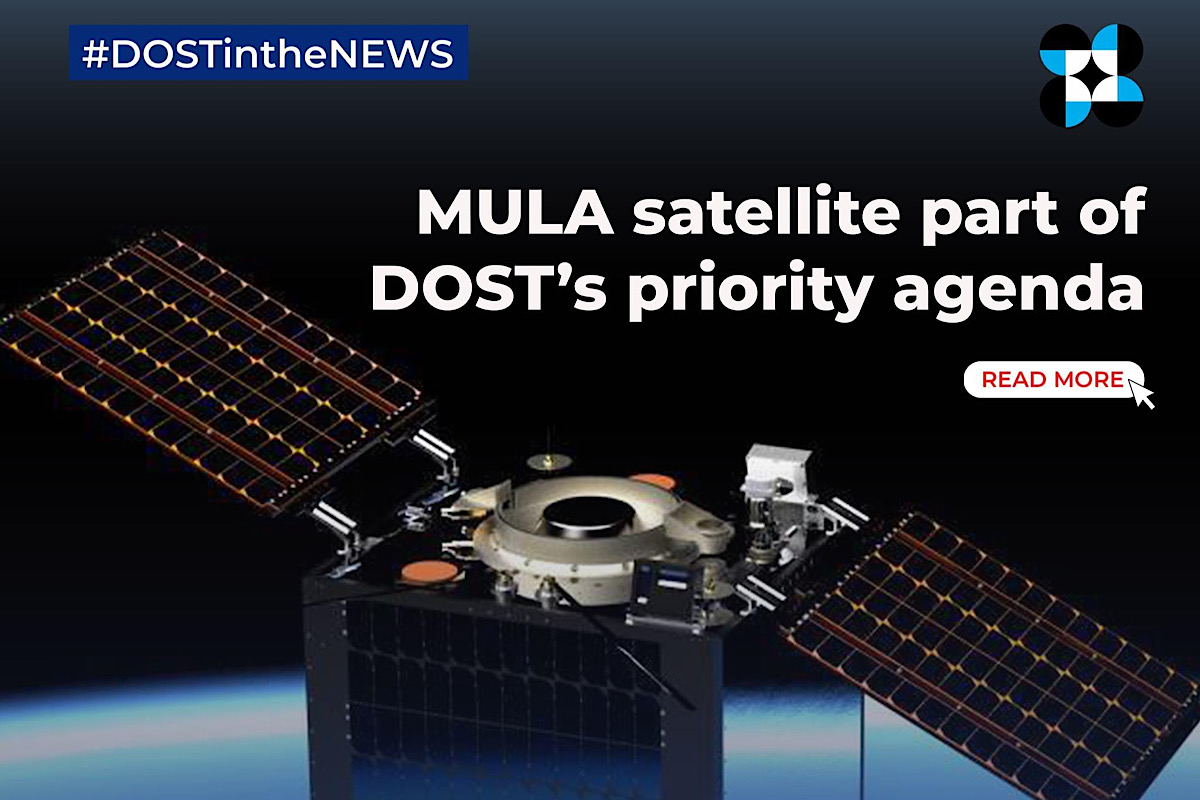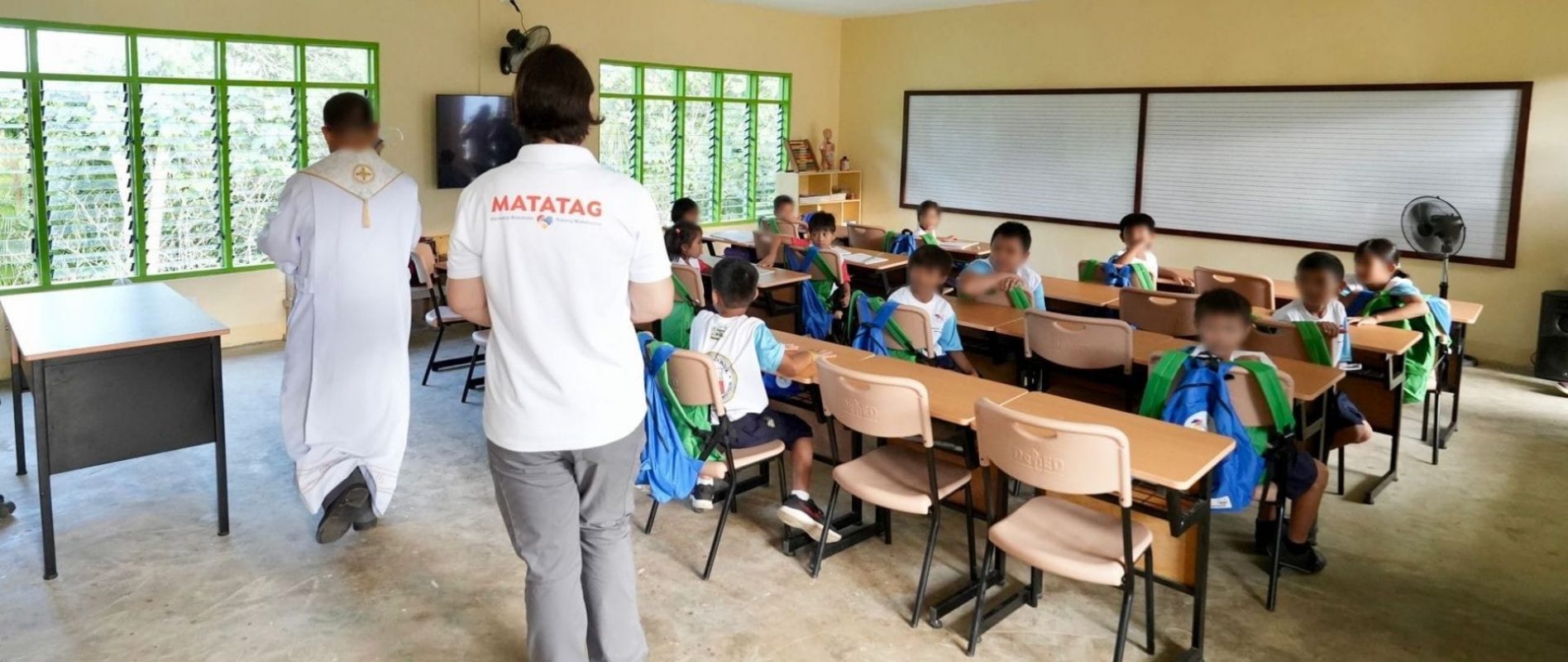UPD SCHOLARS TO BUILD PH LARGEST EARTH OBSERVATION SATELLITE
A TEAM from the University of the Philippines Diliman is set to build the country’s largest earth observation satellite.
Under the Space Technology Applications, Mastery, Innovation, and Advancement Program, 16 scholars will construct the satellite called “Multispectral Unit for Land Assessment or MULA.”
The team is composed of John Leur Labrador, Julie Ann Banatao, Edgar Paolo Violan, Manuel Del Rosario Jr., Daniel Fadi Rahayel, Shielo Namuco-Muta, Adrian Sales, Floyd Ferrant Fortes, Paul Leonard Atchong Hilario, Noniel Paul Novabos, Keziah Bartilad, Nathan Rosimo, Joash Rodriguez, Kenneth John Ibarra, Gabriel Kevin Mabini, and Romer Kristi Aranas.
Their specializations range from aerospace engineering, applied physics, geomatics engineering to materials engineering.
They will design how MULA will function once in orbit, ensure that the satellite can withstand the temperatures and radiation of space and can collect data safely, and seamlessly and accurately transmit to the ground receiving station.
They will also develop policies so that end-users such as local government units can make use of the data and images collected.
“From April to August 2021, some members of the team were sent to the United Kingdom for hands-on training, where they completed a detailed design of each part of the satellite before returning to the Philippines,” UPD said in a statement.
MULA
Measuring .76 x .84 x 1.03 meters and weighing 130 kilograms, MULA will be nearly twice the size of Diwata-2. It is expected to fly at a relatively low orbit — around 2,000 kilometers above the earth.
MULA will follow a sun-synchronous orbit, which will increase the accuracy and consistency of the images and data it collects.
Project manager Labrador said MULA’s TrueColor camera can capture images for things like agricultural applications as well as monitoring the progress of infrastructure projects in remote locations.
“The satellite will also be capable of tracking aircraft and ships, as well as simultaneous capturing and downloading data,” Labrador explained.
He said that the country’s initial P1.7 billion investment in the project “will be worth the effort.”
“Over five years, that sums up to P8.6 billion of total investment gains. This is just the satellite image alone, and we’re not yet counting the indirect benefits that will be realized when we help
with the decision-making process of the different national agencies using satellite imagery,” he said.
Now under the Philippine Space Agency, MULA is in the second phase of implementation where the designs and plans that the team created will be refined.
MULA is expected to be launched in 2023.













